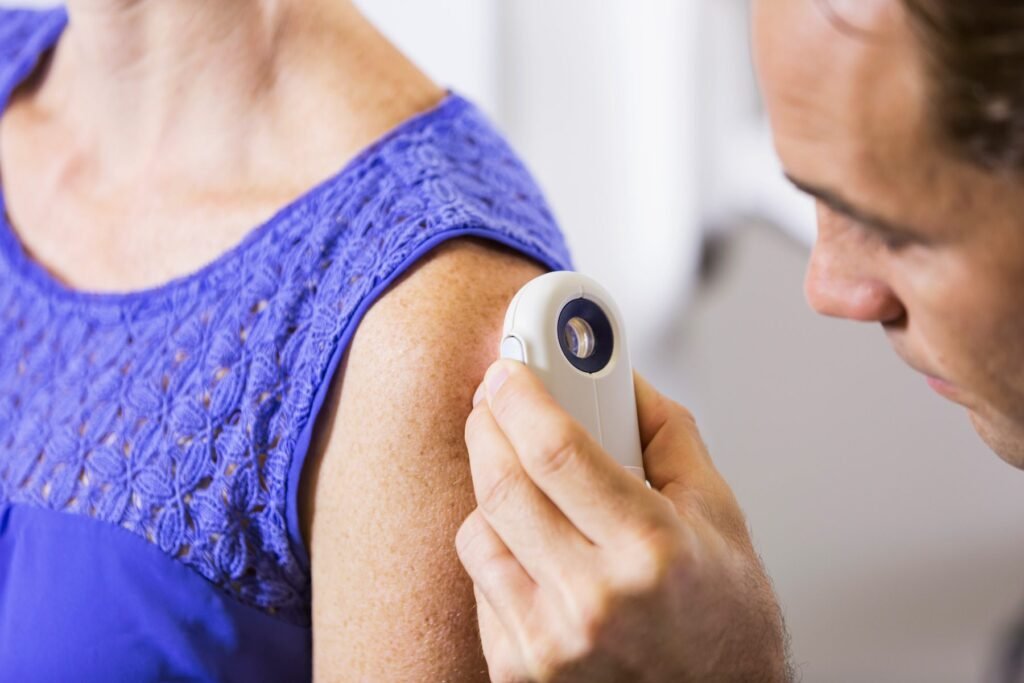What Your Skin Reveals About Your Health
Your skin is more than just a protective barrier—it acts as a mirror, reflecting your overall health. Renowned dermatologist Adam Friedman, MD, FAAD, emphasizes that "our skin is a window into the body." Understanding the signs your skin displays can provide valuable insight into your internal health.
The Connection Between Skin and Health
Skin as a Health Indicator
- Largest Organ: Your skin is the body’s largest organ, with roles ranging from immune function to hormone regulation. Its condition can indicate underlying health issues.
- Lifestyle Habits: Dermatologists can discern details about your lifestyle, such as smoking or excessive sun exposure, from the state of your skin. For example, premature wrinkles often signal overexposure to UV rays or smoking.
Diet Matters
- Glycemic Index: A diet high in processed sugars can exacerbate skin conditions. Foods on the glycemic index contribute to issues like acne and psoriasis.
- Nutritional Impact: A poor diet doesn’t just affect your weight; it can lead to noticeable changes in your skin, hair, and nails, given the energy these structures require for regeneration.
Early Signs of Chronic Illness
Dermatologists are trained to identify early signs of serious illnesses. For example, skin changes can indicate the onset of:
- Chronic Diseases: Conditions like diabetes often reveal themselves through skin manifestations, allowing for earlier intervention.
Surprising Diseases Detected by Dermatologists
Type 2 Diabetes: Skin Signals You Shouldn’t Ignore
- Acanthosis Nigricans: A common sign of insulin resistance is a velvety rash on the neck. Many patients are unaware of their diabetes until this condition is recognized.
- Skin Changes with Progression:
- Thickened Skin: As diabetes progresses, the skin around finger joints may tighten or thicken.
- Waxy Skin: Some may develop a waxy texture on the hands and feet.
- Yellow Bumps: Sudden appearances of firm yellow bumps around joints can be another indicator.
Other Skin Signs of Diabetes
- Diabetic Dermopathy: Older men may notice red-brown spots on their shins, typically called diabetic dermopathy.
- Skin Tags: The development of increased skin tags can also be linked to insulin resistance and diabetes.
Conclusion
Monitoring your skin’s condition can provide invaluable health insights. By recognizing these signs and symptoms, both patients and healthcare providers can work together to ensure early diagnosis and treatment of potential health issues. For ongoing health tips and skin care insights, explore more on healthy skin and examining skin conditions.
Understanding your skin’s dialogue with your health may empower you to take proactive steps towards maintaining your wellbeing.


